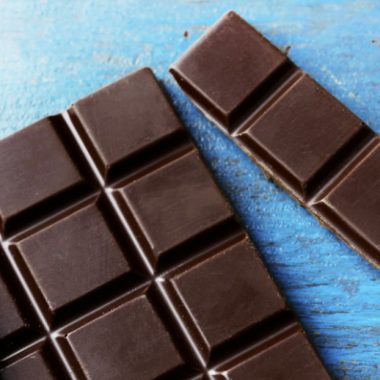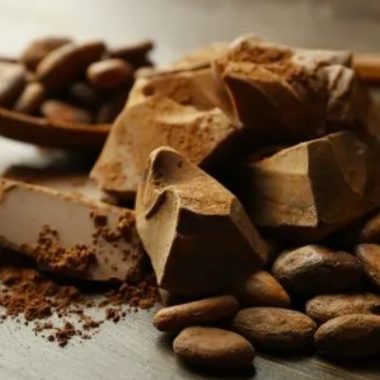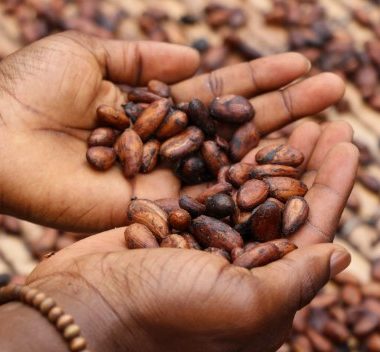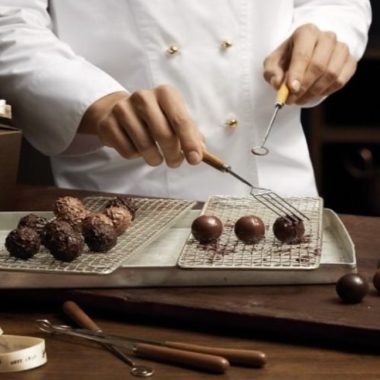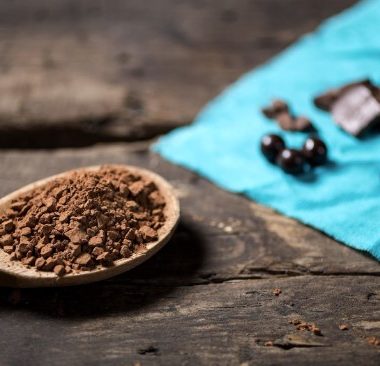The fascinating evolution of chocolate from a bitter elixir to the beloved treat we enjoy today is depicted in its history, which spans countries and historical periods. The story begins in Mesoamerica, where the cacao tree—the source of cocoa beans—was first cultivated and enjoyed by highly developed civilizations including the Olmec, Maya, and Aztec. Theobroma cacao, the scientific name for the cacao tree, is significant since it means “food of the gods” in Greek, a reference to how highly regarded it is. Cacao was once only available to the wealthy elite and was used as a medium of exchange.
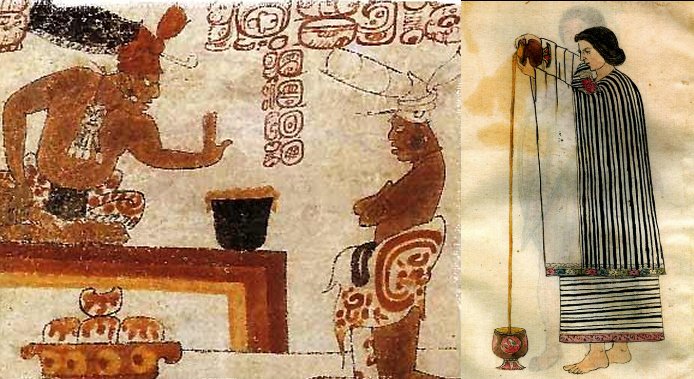
These prized cocoa beans were highly valuable and were regularly traded for other sought-after goods. Crushing cacao beans and blending them with water, along with a variety of spices like chili, vanilla, and annatto, was the process used to make cacao-based drinks. Even though it had an acquired flavor, this mixture was very different from the delicious, sweet treats we now associate with chocolate.
Around 600 AD, the Maya civilization started on the path of making cacao more edible. They improved the preparation of cocoa by transforming it into a smoother, more palatable form. To produce the frothy coating on top of the beverage, innovations like the molinillo, a frothing tool, were developed.
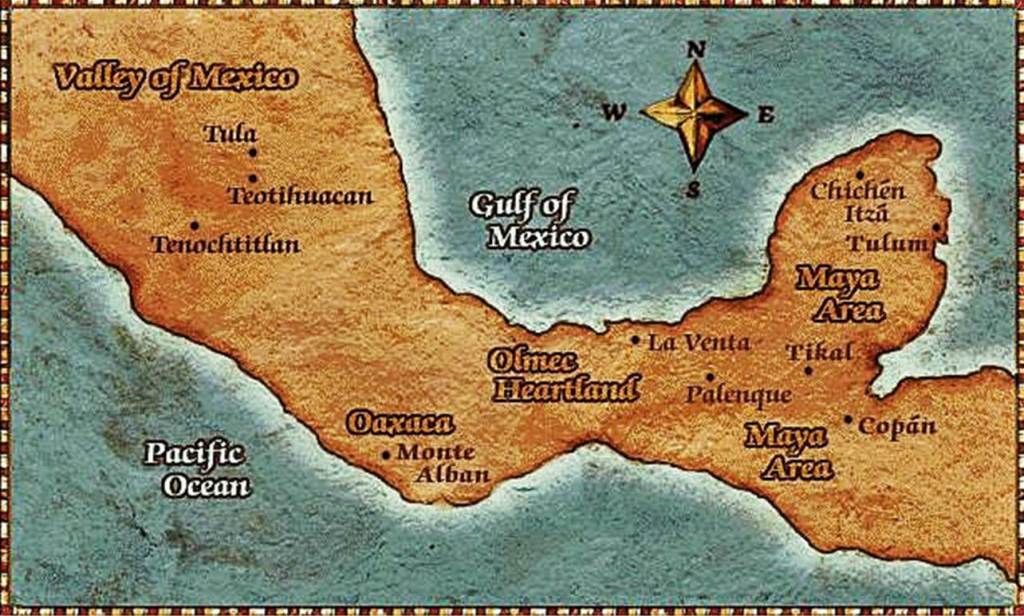
The processing of cacao was subsequently improved by the Aztecs under the influence of the Maya. They gave the beverage a honey-honey sweetness and added vanilla and allspice flavors, elevating chocolate to a highly revered status in Aztec civilization. As a result, chocolate played a significant role in many rituals, such as wedding ceremonies and sacred offerings.
Hernán Cortés, a Spanish explorer who conquered the Aztec Empire in the early 16th century, is credited with discovering cocoa and bringing it to Europe. He brought cacao beans back to Spain, where they were first used to make drinks that were popular with the Spanish nobility.

The popularity of chocolate in Europe grown over the centuries, leading to advancements in its preparation and processing. Sugar, a then-rare and priceless resource, was added to cacao to lessen its inherent bitterness, resulting in a sweeter flavor profile. By the 17th century, England had seen a rise in the popularity of chocolate houses, which were similar to today’s coffee shops and served chocolate drinks to the general public.
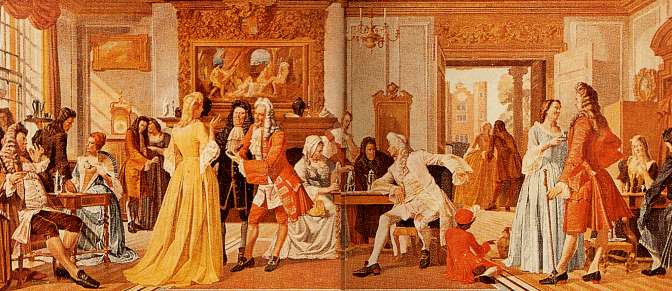
The development of the cocoa press at the beginning of the 19th century marked a turning point in chocolate’s history. With the aid of this ground-breaking device, cocoa butter could be separated from cacao mass to produce cocoa powder. Chocolate makers could regulate the texture and consistency of chocolate to an unparalleled degree thanks to the separated cocoa butter’s ability to be painstakingly reintroduced in exact ratios.
The first milk chocolate bar was created in 1875 by Swiss chocolatier Daniel Peter by combining cocoa with Henri Nestlé‘s milk powder. This ground-breaking invention ushered in the contemporary era of chocolate, which is now recognized for its signature creamy, delicious texture.
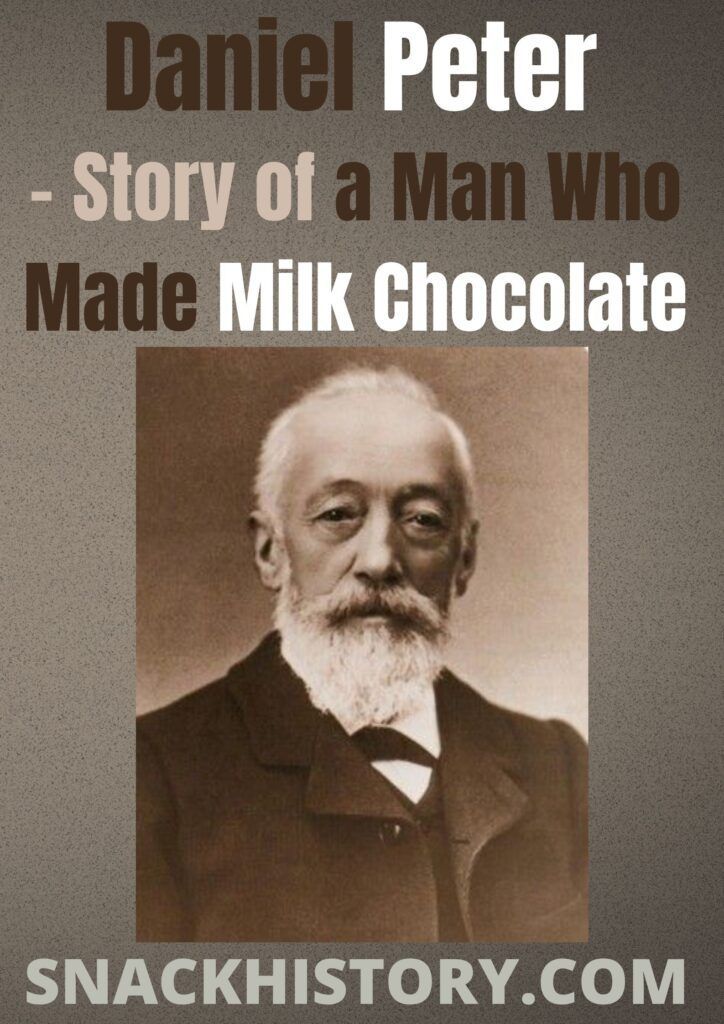
The history of chocolate is a testament to the enduring appeal of this cherished treat and the unrelenting human pursuit of culinary excellence. From the original, somewhat bitter cacao-based beverages enjoyed by ancient Mesoamerican civilizations to the diverse and delectable range of chocolate confections cherished today.


 Well Wishes
Well Wishes Corporate
Corporate Weddings & Love
Weddings & Love Trays
Trays
